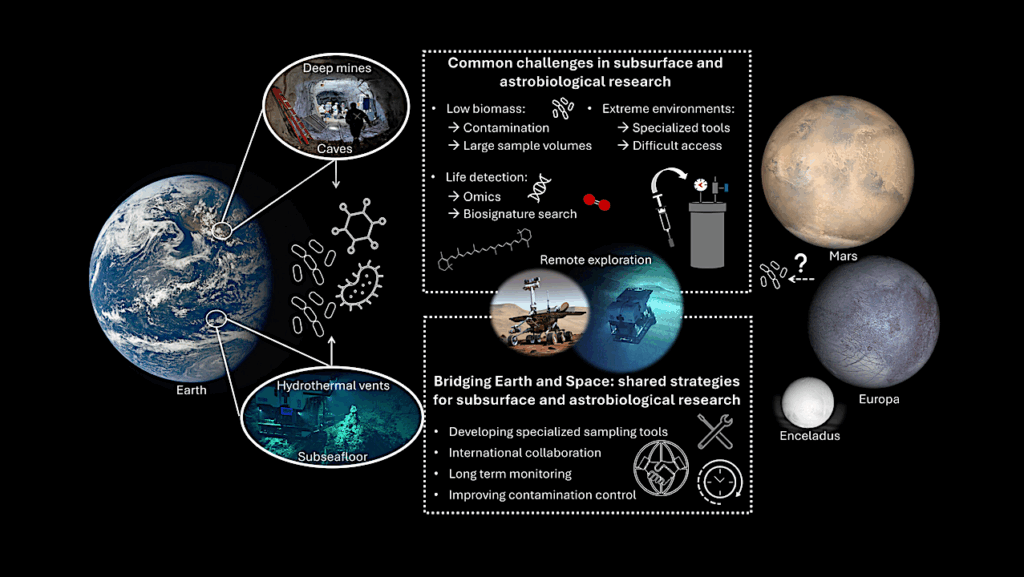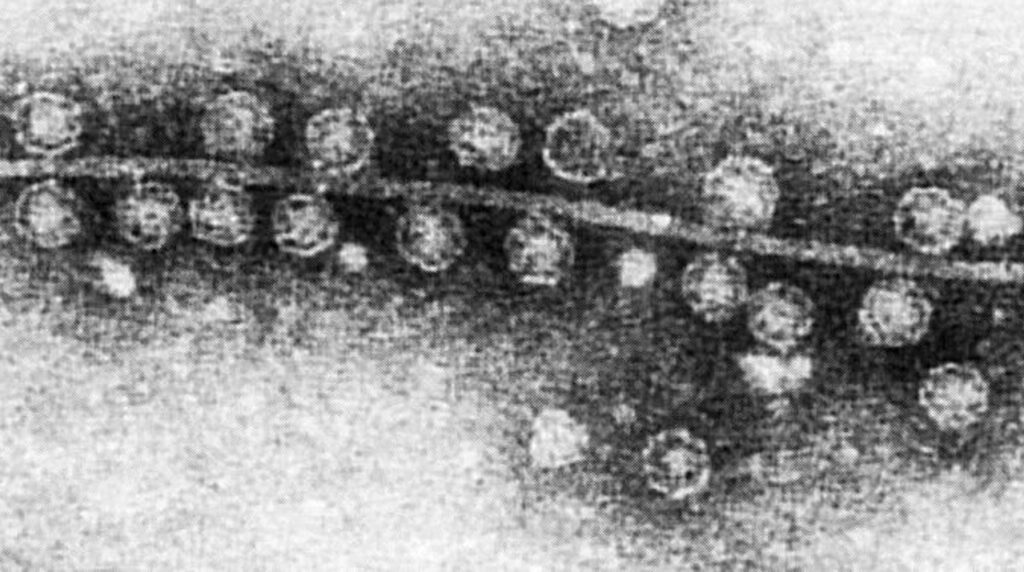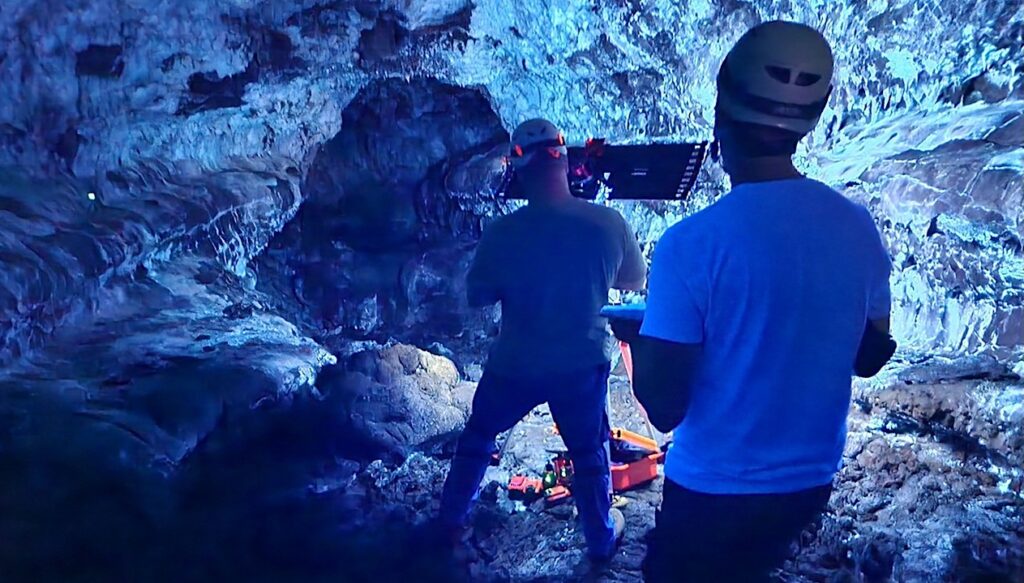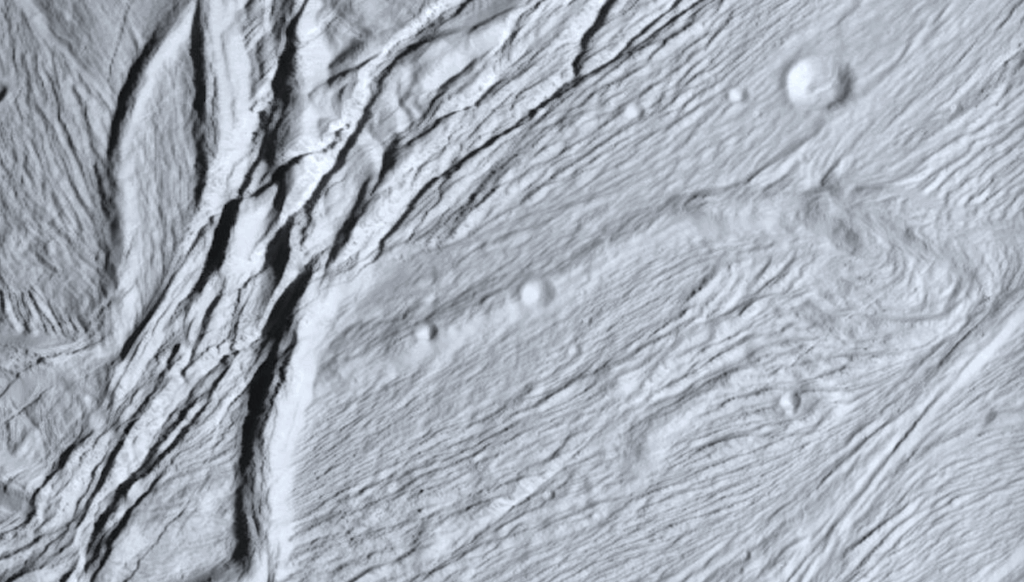Tricorder Tech: Real-Time DNA Sequencing in the Antarctic Dry Valleys Using the Oxford Nanopore Sequencer
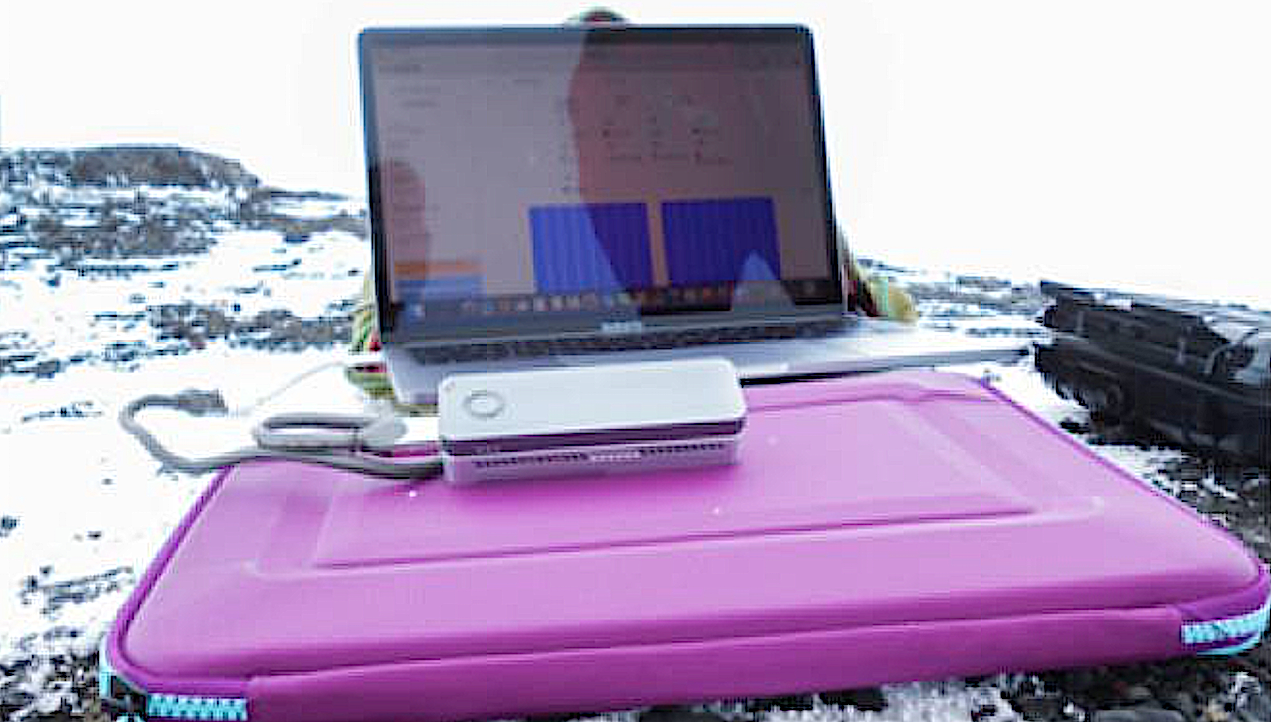
The ability to sequence DNA outside of the laboratory setting has enabled novel research questions to be addressed in the field in diverse areas, ranging from environmental microbiology to viral epidemics.
Here, we demonstrate the application of offline DNA sequencing of environmental samples using a hand-held nanopore sequencer in a remote field location: the McMurdo Dry Valleys, Antarctica. Sequencing was performed using a MK1B MinION sequencer from Oxford Nanopore Technologies (ONT; Oxford, United Kingdom) that was equipped with software to operate without internet connectivity.
One-direction (1D) genomic libraries were prepared using portable field techniques on DNA isolated from desiccated microbial mats. By adequately insulating the sequencer and laptop, it was possible to run the sequencing protocol for up to 2½ h under arduous conditions.

Map of Antarctica showing the location of the Dry Valleys (A). DNA sequenced in this study was isolated from paleomat samples collected in Victoria Valley, Wright Valley, and Taylor Valley (B). MinION calibrations were performed in the Albert P. Crary Science and Engineering Center at McMurdo Station, as well as on the peak of Hut Point Peninsula on Ross Island (C). Field sequencing runs were performed in the vicinity of Lake Fryxell in Taylor Valley (D).
INTRODUCTION
In the past several years, both research and commercial enterprises have begun to develop DNA sequencers that can be used in the field for on-site sequencing studies.1–4 Among these is the handheld MinION sequencer from Oxford Nanopore Technologies (ONT) that measures ionic current changes as DNA passes through an array of protein nanopores that are embedded in a special polymer membrane.

Modern microbial mat sample from Lake Vanda in Wright Valley, collected at the sediment-water interface beneath 2 cm of ice (A) and a desiccated paleomat from the vicinity of Lake Vida in Victoria Valley, removed from beneath 20 cm of soil (B).
As DNA passes through the nanopore, it causes a characteristic current change for each group of nucleotides, enabling the bases to be sequenced. This process of single molecule, massively parallel real-time sequencing can generate continuous read lengths >100 kb with a total run output of >10 Gb.
As this instrument allows for direct sequencing of native DNA and avoids PCR bias, it has beneficial applications in many sequencing situations and environments. For instance, in extremely cold and arid locations, ambient conditions can preserve fragmented strands of ancient DNA over very long timescales. Strands of ancient DNA recovered from environmental samples are typically only 100–500 bp in length, thus the long read lengths (>10 kb) generated by third-generation sequencing techniques can enhance genomic analyses by helping to distinguish DNA that is free floating in the environment from DNA recovered from intact cells.
The objective of this study was to measure performance characteristics of the MinION in a remote location without internet or a laboratory facility, using only local battery power supplied by the laptop through a USB 3.0 cable connection, to determine the feasibility for in situ genomic sequencing in extreme environments, such as the Dry Valleys of Antarctica.

The ONT MinION MK1B performing a calibration test on Hut Point Peninsula (left), as well as a sequencing run in the field in Taylor Valley (right).
Sarah S. Johnson, Elena Zaikova, David S. Goerlitz, Yu Bai, and Scott W. Tighe
Real-Time DNA Sequencing in the Antarctic Dry Valleys Using the Oxford Nanopore Sequencer, J Biomol Tech. 2017 Apr; 28(1): 2–7. (open access via PubMed)
Astrobiology



